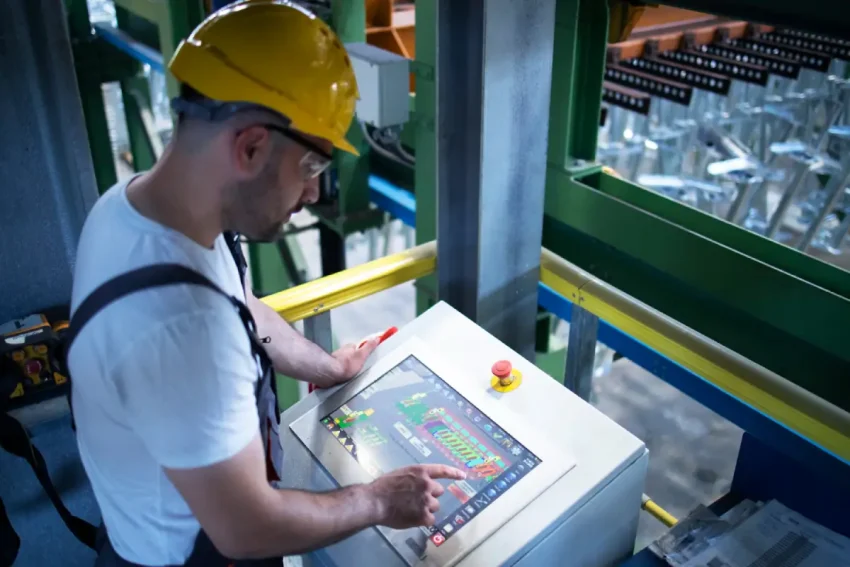How Automation Is Transforming Supply Chain Efficiency

Amid disruptions, rising expectations, and labor shortages, supply chains face unprecedented challenges. Companies must address fragmented networks, variable lead times, and demands for faster fulfillment. Traditional supply chains can’t keep pace, creating urgency for transformation. Real-time info and agility are key for resilience. Organizations invest in automation to boost efficiency, enable instant communication, and respond better to market or supply changes.
By leveraging manufacturing process management software, businesses can orchestrate production, inventory, and distribution with far greater transparency and control, setting a new baseline for performance and adaptability. These technological advancements enable companies to reduce manual errors and streamline their operations effectively. As a result, they can achieve faster decision-making and improve overall customer satisfaction. Embracing automation also positions organizations competitively in a rapidly evolving marketplace, ensuring sustainability and growth.
Contents
Key Technologies Fueling Supply Chain Automation
The automation revolution is driven by advanced technologies such as artificial intelligence, machine learning, robotics, autonomous drones, and IoT. These technologies enable predictive analytics, improved inventory management, and real-time visibility across fleets, cargo, and facilities. These advancements are enhancing logistics and inventory management, allowing organizations to react instantly to anomalies or opportunities, as highlighted by MHI.
Tangible Benefits Seen by Early Adopters
Supply chain automation has proven to significantly improve metrics like error rates, order cycle times, and total operational costs. For instance, leading manufacturers have reduced picking errors by up to 30% and increased delivery speed by 25%. In contrast, Amazon’s robotics-powered fulfillment centers have reduced order processing time from hours to minutes, thereby improving service levels and reducing costs.
Creating a Data-Driven Supply Chain
Automation leads to improved connectivity in the supply chain, generating valuable data from purchase orders to delivery. Real-time dashboards help inventory managers, procurement specialists, and logistics coordinators make informed decisions. Centralized platforms support advanced demand forecasting, spot market anomalies, and initiate risk mitigation plans, fostering a more resilient and agile supply chain.
Integrating Automation Without Overwhelming Operations
Successful automation rollouts involve phased implementations and strong cross-departmental communication. Best-in-class companies pilot new technologies in discrete workflow segments, limiting disruption and generating proof points. McKinsey & Company suggests organizations with strong collaboration between IT, operations, and HR are best equipped to manage the cultural and technical aspects of automation.
Preparing the Workforce for the Future Supply Chain
Automation is transforming the modern supply chain workforce, with emerging roles focusing on technology management, data analytics, and process improvement. Companies are investing in reskilling and upskilling programs to ensure employees can operate advanced systems, manage exceptions, and oversee human-machine interfaces, enhancing job satisfaction and business outcomes.
Ethical and Security Perspectives in Automation
Digitalization necessitates supply chains to prioritize data privacy and cybersecurity, as automated systems often contain sensitive data. Frameworks addressing regulatory compliance, secure access controls, and transparent data usage policies are crucial. Ethical automation requires stakeholders to balance technical efficiency with social responsibility, fostering trust in the digital supply chain ecosystem. A comprehensive approach, as recommended by CSO Online, includes robust preventative strategies and rapid response protocols for breaches.



